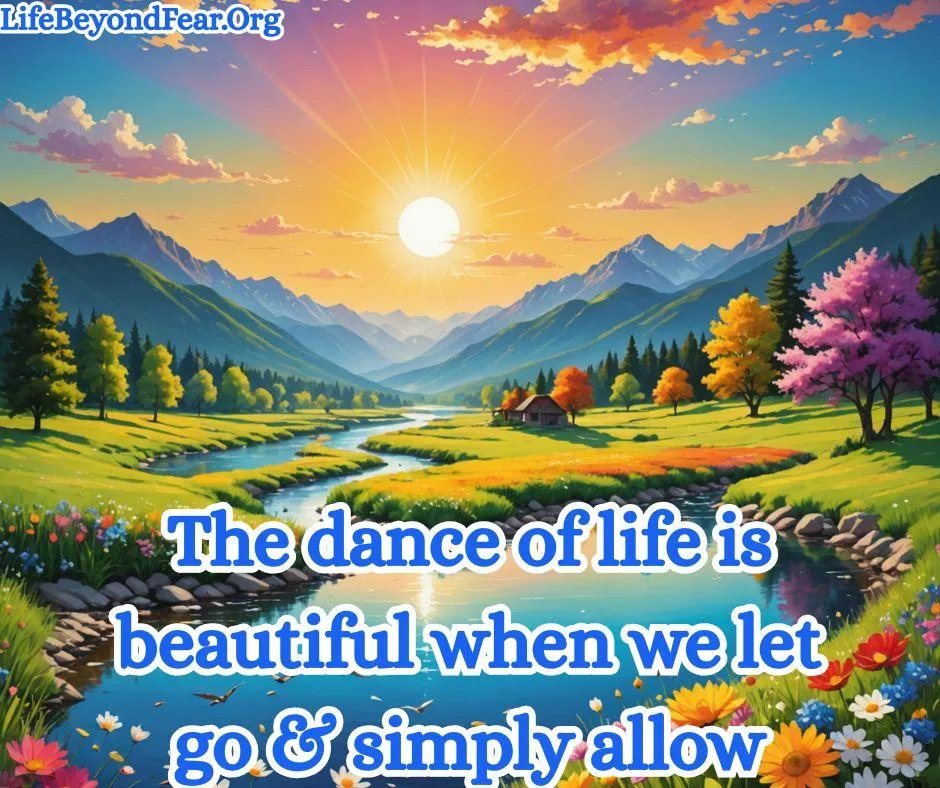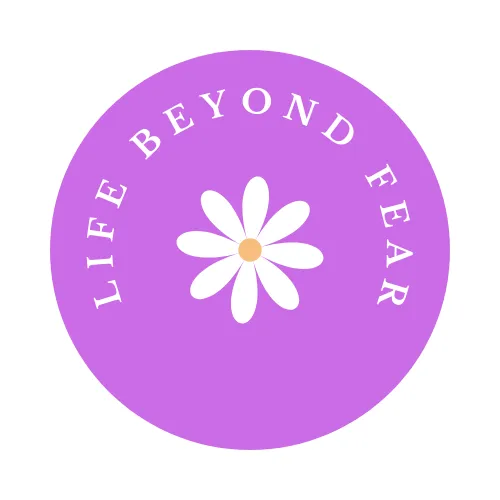There’s a whole world out there
See Newest Blogs

The Paradox of Non-Action: Finding True Passion Beyond Illusions
The Paradox of Non-Action: Finding True Passion Beyond Illusions
What if the secret to living a fulfilled life lies not in doing more, but in embracing the art of doing nothing? Imagine discovering that your true passion and excitement were hidden beneath layers of coping mechanisms, waiting to guide you to a life of joy and purpose.

Embracing the Philosophy of Non-Action
"A Course in Miracles" introduces a radical concept: "I need do nothing." This teaching invites us to release the relentless pursuit of control and achievement, and instead, find peace in stillness and acceptance. It challenges the notion that fulfilment comes from external efforts, suggesting instead that it resides within us, waiting to be uncovered.
Following Joy and Excitement
Spiritual teachers like Abraham Hicks and Bashar offer guidance on aligning with our true selves. Abraham Hicks emphasises the importance of following what feels good, while Bashar advises us to pursue excitement with integrity. These teachings highlight the power of joy and passion as compasses for our life's journey, steering us towards our most authentic selves.
The Way of Allowance
In "A Course of Love," the Way of Mary advocates for instant manifestation through allowance. This approach suggests that by simply allowing, rather than forcing or striving, we can manifest our desires effortlessly. But how do we differentiate between genuine allowance and temporary coping mechanisms that may obscure our true passions?
The Illusion of Coping Mechanisms
Coping mechanisms often provide temporary relief, creating a false sense of well-being. However, they can obscure our true passions and excitement, leading us away from our authentic selves. The challenge lies in discerning between these temporary fixes and the genuine excitement that aligns with our true purpose.
Discovering True Passion
To discern between coping mechanisms and true passion, we must embark on a journey of self-discovery and healing. This involves recognising and integrating our triggers, allowing us to release the coping mechanisms that no longer serve us. By doing so, we create space for our true passions to emerge, guiding us to a life of joy and fulfilment.
The Path to Heaven on Earth
What if, when we've healed and integrated our triggers, we indeed experience Heaven on Earth? By following our true passions and excitement, we align with our authentic selves, unlocking a world of possibilities we never imagined. This realisation opens the door to a life where joy and fulfilment are not only possible but inevitable.
Embracing the Journey
The journey to discovering true passion is one of surrender and acceptance. By letting go of the need to control and allowing our genuine passions to guide us, we align with the divine flow of life. In doing so, we experience the true essence of Heaven on Earth—a life of joy, peace, and fulfilment. Embrace the art of doing nothing, and let your true passions lead the way.

Cultivating Discernment
Coping Mechanisms Vs True Excitement and Passion
Here are some detailed practices that can help you discern between coping mechanisms and true excitement and passion:
1. Mindfulness Meditation
Purpose: Cultivate awareness of your thoughts and feelings without judgement.
Practice: Spend 10-20 minutes daily in a quiet space focusing on your breath. Observe thoughts and emotions as they arise, noting them without attachment. This practice helps you recognise habitual patterns and differentiate between fleeting coping mechanisms and genuine excitement.
2. Journalling
Purpose: Reflect on your experiences and emotions to gain clarity.
Practice: Write daily about your feelings, experiences, and reactions. Ask yourself questions like, "What activities make me lose track of time?" or "When do I feel most alive?" Over time, patterns will emerge, helping you identify true passions versus temporary distractions.
3. Body Awareness Exercises
Purpose: Tune into physical sensations to understand emotional responses.
Practice: Engage in practices like yoga or tai chi to increase body awareness. Notice how your body reacts to different activities or thoughts. True excitement often feels energising and expansive, while coping mechanisms may feel tense or constricting.
4. Visualisation Techniques
Purpose: Imagine different scenarios to explore emotional responses.
Practice: Visualise yourself engaging in various activities. Pay attention to how each scenario makes you feel. True passions will likely evoke feelings of joy and enthusiasm, while coping mechanisms may lack depth or feel forced.
5. Seek Feedback from Trusted Friends or Mentors
Purpose: Gain external perspectives on your behaviours and interests.
Practice: Share your thoughts and experiences with someone you trust. They can provide insights and help you see patterns you might miss, offering a clearer view of what truly excites you.
6. Experimentation and Reflection
Purpose: Try new activities to discover what truly resonates with you.
Practice: Step out of your comfort zone and engage in new experiences. Afterwards, reflect on how each activity made you feel. True passion often leaves you feeling energised and fulfilled, while coping mechanisms may feel empty or unsatisfying.
7. Emotional Check-Ins
Purpose: Regularly assess your emotional state to identify genuine feelings.
Practice: Set reminders to pause throughout the day and check in with your emotions. Ask yourself, "Am I engaging in this activity to avoid discomfort, or because it genuinely excites me?"
8. Gratitude Practice
Purpose: Focus on positive aspects of your life to identify genuine joy.
Practice: Each day, list things you're grateful for and note which activities or experiences bring you true happiness. This practice can help you distinguish between superficial pleasures and deep-seated passions.
By incorporating these practices into your routine, you'll develop greater self-awareness and the ability to discern between coping mechanisms and true excitement and passion. This journey of self-discovery will guide you towards a more fulfilling and authentic life.

Copyright ©LifeBeyondFear.Org. All Rights Reserved.
Unlock the secrets to improving relationships at work, at home, and most importantly, with yourself. Discover the transformative power of meaningful connections and self-understanding.
